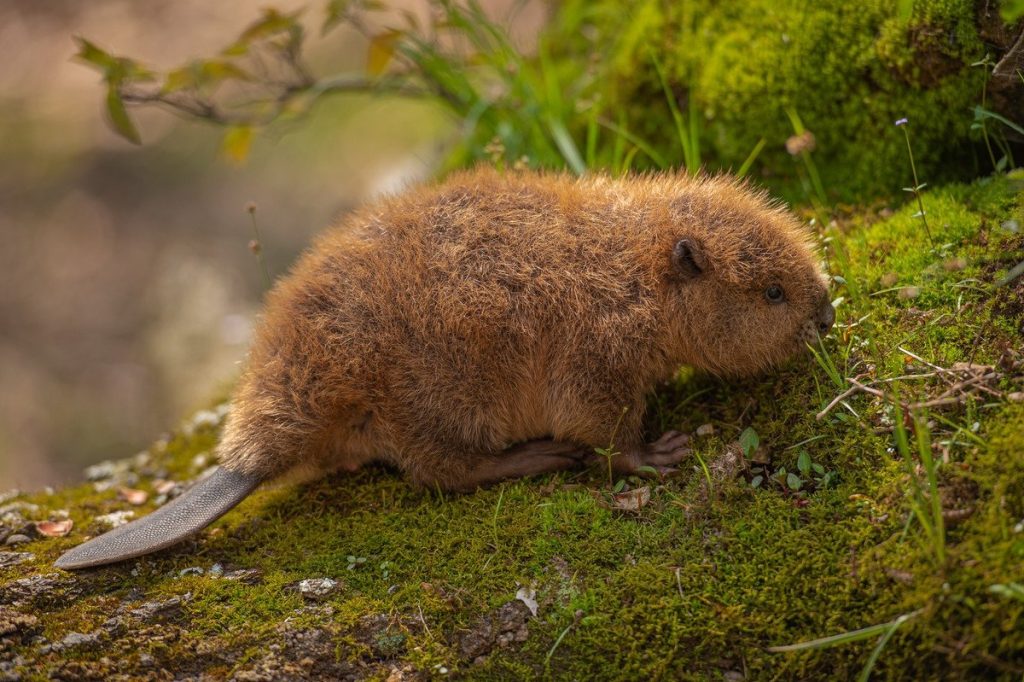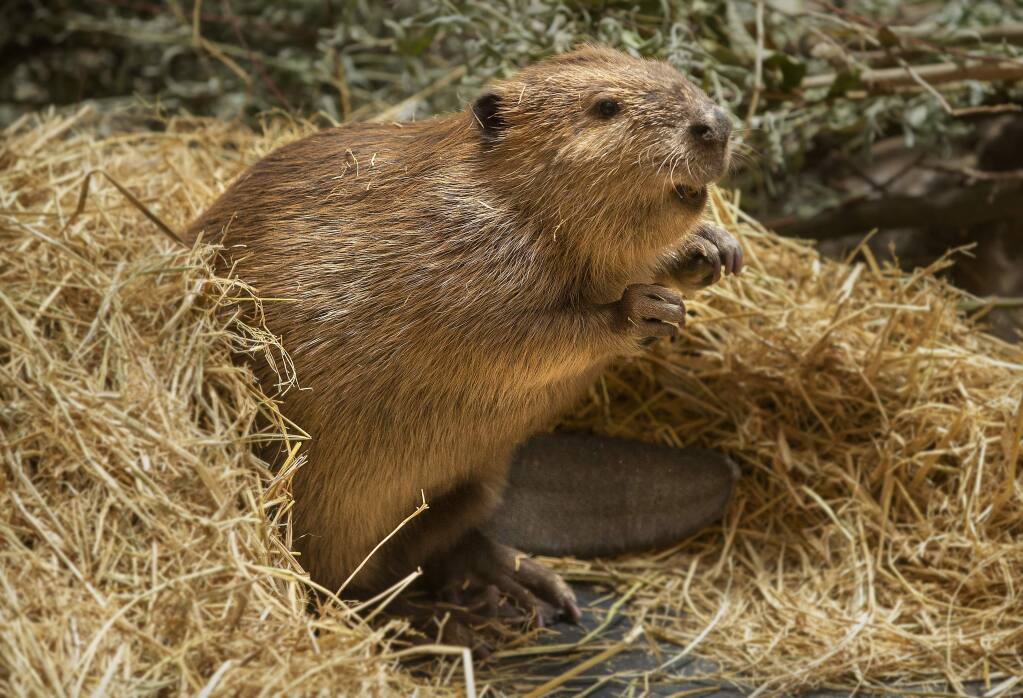The beaver, scientifically known as Castor canadensis, is a semiaquatic mammal known for its impressive engineering abilities and its role in shaping ecosystems. For centuries, beavers have played a significant cultural role in various societies around the world. From their influence on indigenous cultures and their economic importance to their symbolism in folklore and their impact on the environment, the cultural significance of beavers is vast and diverse. In this article, we will explore the cultural significance of beavers in different contexts, highlighting their importance and the rich tapestry of human-beaver relationships.

- Indigenous Cultures and Beavers
Beavers have long held a significant place in the traditions, beliefs, and practices of indigenous cultures across North America. Many indigenous tribes consider the beaver a sacred animal and hold deep respect and admiration for its remarkable abilities. The beaver’s industrious nature and its ability to transform the landscape have made it a symbol of resilience, cooperation, and adaptability.
The beaver is often considered a creator figure in indigenous creation stories, representing the ability to shape and transform the world. Many tribes also associate the beaver with water, as its dam-building activities create wetlands and provide habitats for various other species. The beaver is seen as a steward of water resources, teaching humans the importance of conservation and sustainable use of natural resources.
In addition to their spiritual significance, beavers have practical importance in indigenous cultures. Their pelts are used to make clothing, blankets, and ceremonial items. Beaver teeth, renowned for their strength, are often used as tools and adornments. The beaver’s meat is also used as a food source, and its presence in an area can indicate the availability of other resources, such as fish and plants.
- Economic Importance of Beavers
Historically, beavers played a crucial role in the economic development of various societies, particularly during the fur trade era. The thick, water-repellent fur of beavers, known as beaver pelts, was highly sought after for making fashionable hats in Europe. These hats, made from beaver fur, became a symbol of status and wealth.
The fur trade, which lasted from the 17th to the 19th centuries, involved extensive hunting and trapping of beavers. The demand for beaver pelts led to the exploration and colonization of new territories, such as North America and Siberia. European traders established fur trading companies and built alliances with indigenous tribes to secure a steady supply of beaver pelts.
The economic importance of beavers extended beyond the fur trade. Throughout history, beavers have been hunted for their meat, which provided sustenance for trappers and settlers. Additionally, beaver dams and ponds have been valued for their potential to provide irrigation, hydroelectric power, and water storage for agricultural purposes.

- Beaver Symbolism in Folklore and Art
Beavers have been a source of inspiration for various folktales, myths, and artwork across different cultures. Their remarkable engineering skills, such as dam-building and canal construction, have captivated human imagination and given rise to stories and legends.
In many Native American folklore traditions, beavers are depicted as clever and wise animals. Legends often attribute human-like qualities to beavers, portraying them as wise and industrious beings. These stories teach important moral lessons, emphasizing the importance of cooperation, hard work, and respect for nature.
Beavers have also been featured in numerous works of art, including paintings, sculptures, and literature. Artists have been fascinated by the beaver’s ability to shape the environment and its role in ecological balance. Beavers often symbolize industry, determination, and harmony with nature in artistic representations.
- Beavers and Environmental Impact
Beyond their cultural significance, beavers have a profound impact on ecosystems. Their dam-building activities create wetlands, which provide habitats for countless plant and animal species. Beaver ponds also act as natural water filters, improving water quality and reducing sediment runoff. Their engineering efforts can mitigate the effects of droughts and floods, as beaver ponds allow water to be stored during times of abundance and released during dry periods.
However, beavers’ environmental impact is not always appreciated. Their habit of felling trees to construct dams can conflict with human interests, particularly in agricultural or urban settings. Flooding caused by beaver dams can damage infrastructure and crops. Consequently, efforts have been made to manage beaver populations and find ways to coexist with them harmoniously.
In recent years, there has been a growing recognition of the importance of beavers in ecosystem restoration and climate change mitigation. Many conservation organizations and land managers now actively promote the restoration of beaver populations and encourage the use of beaver-inspired techniques, such as beaver dam analogs, to restore degraded habitats and enhance water storage.

In conclusion, the cultural significance of beavers spans diverse realms, including indigenous cultures, economics, folklore, and environmental impact. Beavers hold a special place in the traditions and beliefs of indigenous communities, symbolizing resilience, cooperation, and a connection to water resources. Historically, beavers played a crucial role in the fur trade and the economic development of various societies. They have also been a source of inspiration for numerous works of art and folklore, symbolizing industry, determination, and harmony with nature.
Beavers’ engineering abilities and their importance in ecosystem restoration have gained renewed recognition in recent years. Beavers’ efforts to create wetlands, filter water, and mitigate the effects of droughts and floods have proven crucial for maintaining ecological balance. However, their impact can sometimes conflict with human interests, leading to management challenges.
Overall, the cultural significance of beavers reflects the complex and interconnected relationships between humans and the natural world. Ongoing efforts to manage and conserve beaver populations can help to maintain these relationships and ensure that beavers continue to play a valuable role in ecosystems and cultures.